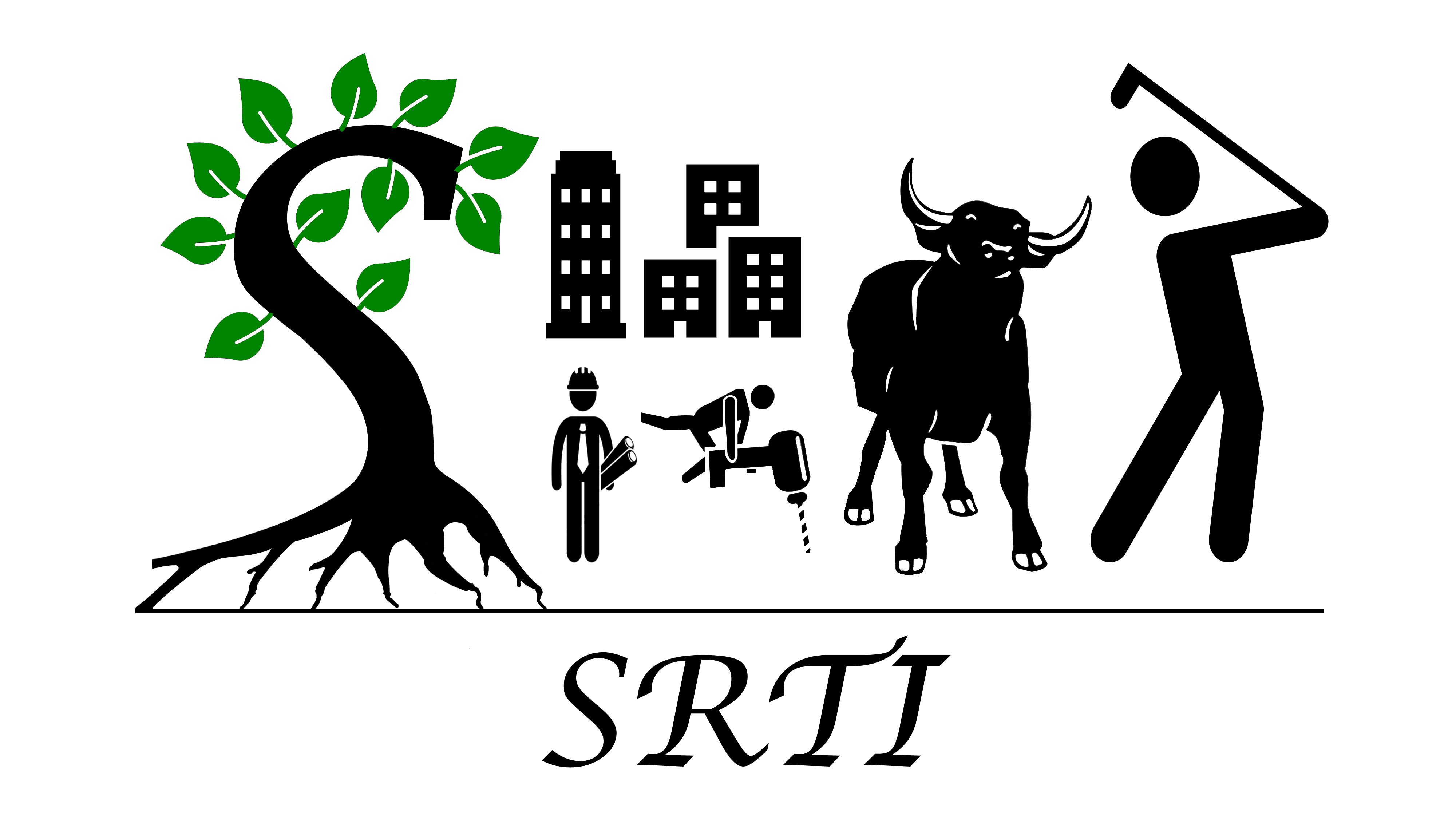SRTI regularly invests in all possible areas with high development potential, especially in shares and in corporate investments. These special companies are subjected to a corresponding SRTI foundation analysis, which is based on certain criteria.
In any case, one criterion for an investment in a company is the amount of equity/share that the company itself will incorporate. The higher the equity or the equity ratio, the better. This reflects a certain security of an investment and the share usually has a low volatility (price fluctuations) compared to the overall market.
A further consideration would be the well-known P/E ratio (price-earnings ratio). This number usually describes whether a stock is overvalued or undervalued. The lower the P/E ratio, the more favorable the share appears in comparison to the overall market or to the shares of competitors. It should be noted here that the P/E ratio figure is interpreted very differently and can vary greatly depending on the market phase and industry.
Shares with high double-digit P/E ratios do not have to be expensive if the company in question shows a corresponding profit growth. For example, a company can seem extremely expensive at break-even because the denominator value is still very small. On the other hand, a low P/E ratio can sometimes even be a warning sign. Because sometimes the market is already much further ahead than the average analyst estimates: In anticipation of falling profits, the share price has fallen, so that the long outdated P/E ratio makes the paper appear optically favourable. Numerous investors have already fallen victim to this „optical illusion“.
SRTI regularly invests in all possible areas with high development potential, especially in shares and in corporate investments. These special companies are subjected to a corresponding SRTI foundation analysis, which is based on certain criteria.
In any case, one criterion for an investment in a company is the amount of equity/share that the company itself will incorporate. The higher the equity or the equity ratio, the better. This reflects a certain security of an investment and the share usually has a low volatility (price fluctuations) compared to the overall market.
A further consideration would be the well-known P/E ratio (price-earnings ratio). This number usually describes whether a stock is overvalued or undervalued. The lower the P/E ratio, the more favorable the share appears in comparison to the overall market or to the shares of competitors. It should be noted here that the P/E ratio figure is interpreted very differently and can vary greatly depending on the market phase and industry.
Shares with high double-digit P/E ratios do not have to be expensive if the company in question shows a corresponding profit growth. For example, a company can seem extremely expensive at break-even because the denominator value is still very small. On the other hand, a low P/E ratio can sometimes even be a warning sign. Because sometimes the market is already much further ahead than the average analyst estimates: In anticipation of falling profits, the share price has fallen, so that the long outdated P/E ratio makes the paper appear optically favourable. Numerous investors have already fallen victim to this „optical illusion“.
Good cash flow growth is just as important for us. This enables a company to make future investments, develop new products, repay debts or distribute dividends.
We are trying to buy corporate shares that are currently undervalued but have high growth potential in the future.
However, even with a relatively stable stock, one should not put all eggs in one basket, but diversify. This means that the entire investment should not flow completely into a company or an investment, but to different investment forms..
This drawing shows the different shares of SRTI investments. The main part belongs to shares, after which SRTI invests in different currencies. The smallest part is invested in commodities. No investments are made in bonds, despite their safety and resistance to fluctuation. This is the case with equities: the longer the investment period, the more secure a good return is. This is why SRTI is increasingly investing in equities.
Good cash flow growth is just as important for us. This enables a company to make future investments, develop new products, repay debts or distribute dividends.
We are trying to buy corporate shares that are currently undervalued but have high growth potential in the future.
However, even with a relatively stable stock, one should not put all eggs in one basket, but diversify. This means that the entire investment should not flow completely into a company or an investment, but to different investment forms..
This drawing shows the different shares of SRTI investments. The main part belongs to shares, after which SRTI invests in different currencies. The smallest part is invested in commodities. No investments are made in bonds, despite their safety and resistance to fluctuation. This is the case with equities: the longer the investment period, the more secure a good return is. This is why SRTI is increasingly investing in equities.
One example is currencies, because good returns are often attractive when investing in foreign currencies. The price development of a currency, however, depends on many factors, including political events. For this reason, SRTI analyses the respective country in advance with an eye to detail, e.g. whether there is a risk of economic or political instability or an inflation risk and how high the respective national debt is. Especially in investments in foreign countries mineral resources, trade, efficiency and strategic assets such as brands or technologies play an important role.
SRTI also invests in scarce raw materials. The lower the supply, the greater the demand. The world population is growing steadily and with it the individual needs are growing in parallel. This is why raw materials such as industrial metals or rare earths are also a good investment.
These above-mentioned different SRTI investments are not only invested in Germany, but worldwide. However, the USA currently accounts for the lion’s share in percentage terms and thus for half of all investments. The second largest share of investment money, 17.3%, goes to Germany. This is followed by China and Japan, and finally by France, the Netherlands, Norway, Israel, Singapore, Switzerland and Ireland.
One example is currencies, as investments in foreign currencies often attract good returns. The price development of a currency, however, depends on many factors, including political events. For this reason, SRTI analyses the respective country in advance with an eye to detail, e.g. whether there is a risk of economic or political instability or an inflation risk and how high the respective national debt is. Especially in investments in foreign countries mineral resources, trade, efficiency and strategic assets such as brands or technologies play an important role.
SRTI also invests in scarce raw materials. The lower the supply, the greater the demand. The world population is growing steadily and with it the individual needs are growing in parallel. This is why raw materials such as industrial metals or rare earths are also a good investment.
These above-mentioned different SRTI investments are not only invested in Germany, but worldwide. However, the USA currently accounts for the lion’s share in percentage terms and thus for half of all investments. The second largest share of investment money, 17.3%, goes to Germany. This is followed by China and Japan, and finally by France, the Netherlands, Norway, Israel, Singapore, Switzerland and Ireland.
SRTI uses the principle of diversification. Here you can see the different areas in which SRTI invests worldwide. The main part of the investments is in software. In Internet and direct marketing SRTI invests just under 15% and a tenth in semiconductors and semiconductor equipment. After that, a share is divided between automotives, hardware and mechanical engineering. This is followed by textiles, clothing and luxury goods, healthcare, financial services, hotel, restaurant & leisure, IT services and interactive media. Finally come Entertainment, Power Generation & Renewable Energy and Medical Technology.
With investments in various sectors SRTI never loses sight of the market, keeps track of trends and is always up to date through intensive market analyses, including, as already mentioned, the principle of diversification. Technology is the engine that drives the global economy, the pharmaceutical or biotech sector is always on the move. Drugs are still a long seller on the stock market. In the following you can get an overview of our previous investments, including statistics:
SRTI uses the principle of diversification. Here you can see the different areas in which SRTI invests worldwide. The main part of the investments is in software. In Internet and direct marketing SRTI invests just under 15% and a tenth in semiconductors and semiconductor equipment. After that, a share is divided between automotives, hardware and mechanical engineering. This is followed by textiles, clothing and luxury goods, healthcare, financial services, hotel, restaurant & leisure, IT services and interactive media. Finally come Entertainment, Power Generation & Renewable Energy and Medical Technology.
With investments in various sectors SRTI never loses sight of the market, keeps track of trends and is always up to date through intensive market analyses, including, as already mentioned, the principle of diversification. Technology is the engine that drives the global economy, the pharmaceutical or biotech sector is always on the move. Drugs are still a long seller on the stock market. In the following you can get an overview of our previous investments, including statistics:
SRTI bases its investments on sales growth, investment in research, innovation strength, branding, business models, management and the current market valuation of the respective company. We focus on company stocks that are undervalued and offer long-term growth potential. This means that good stocks are not immediately sold because of a price setback or market fluctuations. Through precise research and calculations SRTI manages to achieve lasting success.
SRTI has been characterized by steady growth over the past three years. The company has also been able to overcome the economic challenges in the market and shows a remarkable performance alongside the top stock indices.
Looking at the long-term performance, the increasing rise in success becomes clear. Despite the challenges of the pandemic, SRTI managed to achieve a top score, so future prospects are promising. This allowed SRTI to beat the market and several hedge funds through its rise.
SRTI bases its investments on sales growth, investment in research, innovation strength, branding, business models, management and the current market valuation of the respective company. We focus on company stocks that are undervalued and offer long-term growth potential. This means that good stocks are not immediately sold because of a price setback or market fluctuations. Through precise research and calculations SRTI manages to achieve lasting success.
 Chatte mit Sammy
Chatte mit Sammy
